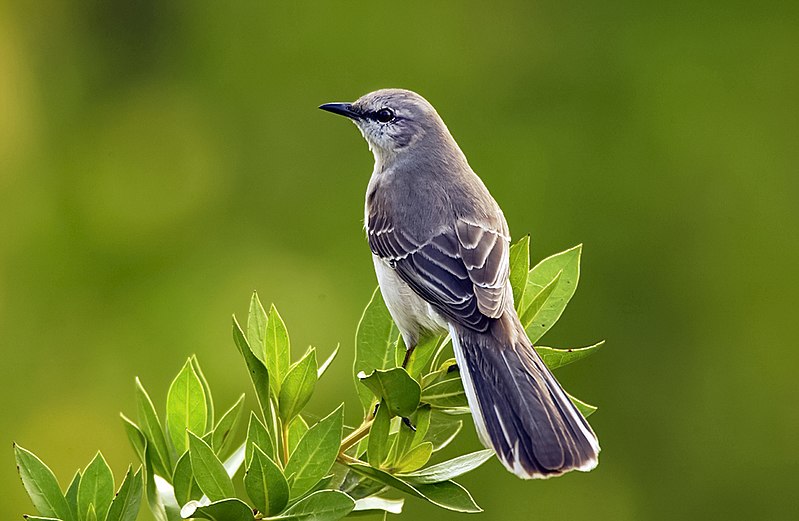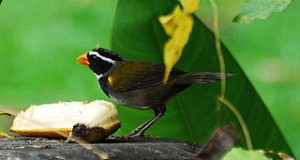Studies carried out on the campus of Florida’s University of Gainesville (Proceedings of the National Academy of Sciences: May, 2009) have established that, after a mere 60 seconds of exposure, mockingbirds (Mimus polyglottos) can identify specific people from among thousands of passers-by.
Identifying a Threat
 To test the birds’ abilities, researchers gently touched mockingbird nests on 4 successive days, and then walked quickly away. By the third day, the resident mockingbirds would leave the nest upon sighting the researcher approach, even if the person dressed differently and used an alternate route to the nest. The enraged birds often attacked the intruders with pecks to the head before they could reach the nest.
To test the birds’ abilities, researchers gently touched mockingbird nests on 4 successive days, and then walked quickly away. By the third day, the resident mockingbirds would leave the nest upon sighting the researcher approach, even if the person dressed differently and used an alternate route to the nest. The enraged birds often attacked the intruders with pecks to the head before they could reach the nest.
When people “not known” to the mockingbirds approached, the birds would freeze and not fly off until the last possible moment. Strangers who merely walked close to the nests were not attacked, yet the “annoying” researchers were, even as time went on…this despite the fact that the nests were located along walkways routinely used by the campus’ 51,000+ students!
Survival Value
Owners of parrots, mynas and toucans have often commented on their pets’ abilities to discriminate among different people, but this is the first evidence of just how quickly some birds can learn and profit from new information. This facility for survival may help explain the mockingbird’s unprecedented range expansion in recent years. Forty years ago they were sporadic summer visitors to New York City suburbs, but are now resident in the heart of Manhattan and points north year-round.
Mockingbirds in Captivity
Mockingbirds are much-favored as pets in parts of Puerto Rico, where their responsiveness is said to lead to extraordinarily strong relationships with their owners. Those I have worked with as a wildlife rehabilitator exhibited an amazing degree of intelligence and mimicry abilities that I still find difficult to believe.
Further Reading
Not to be outdone, crows and ravens are also quite capable learners. While in Japan I came across some fascinating evidence of tool use (cars, no less!) by carrion crows. Please see the following articles for a variety of stories documenting just how resourceful some birds can be:
Japan‘s Intelligent Carrion Crows
Do Parrots Recognize Human Faces?
Ravens at Work – the World’s Smartest Birds?
 That Bird Blog – Bird Care and History for Pet Birds
That Bird Blog – Bird Care and History for Pet Birds


